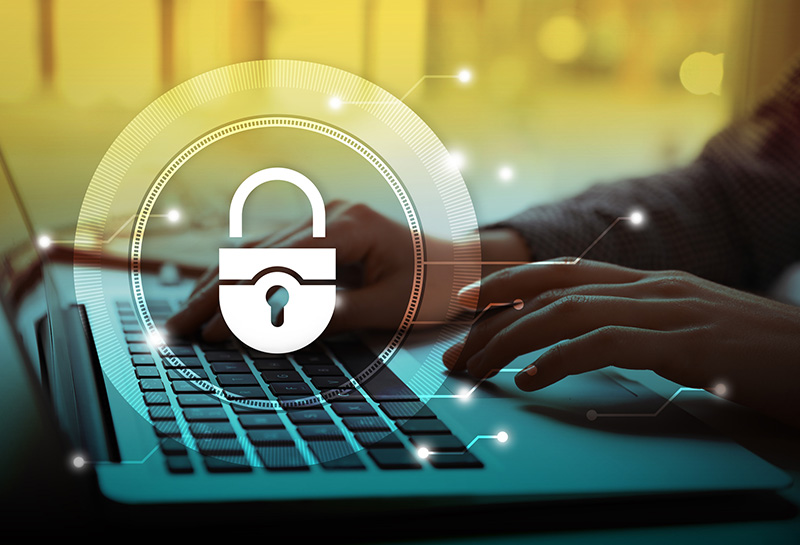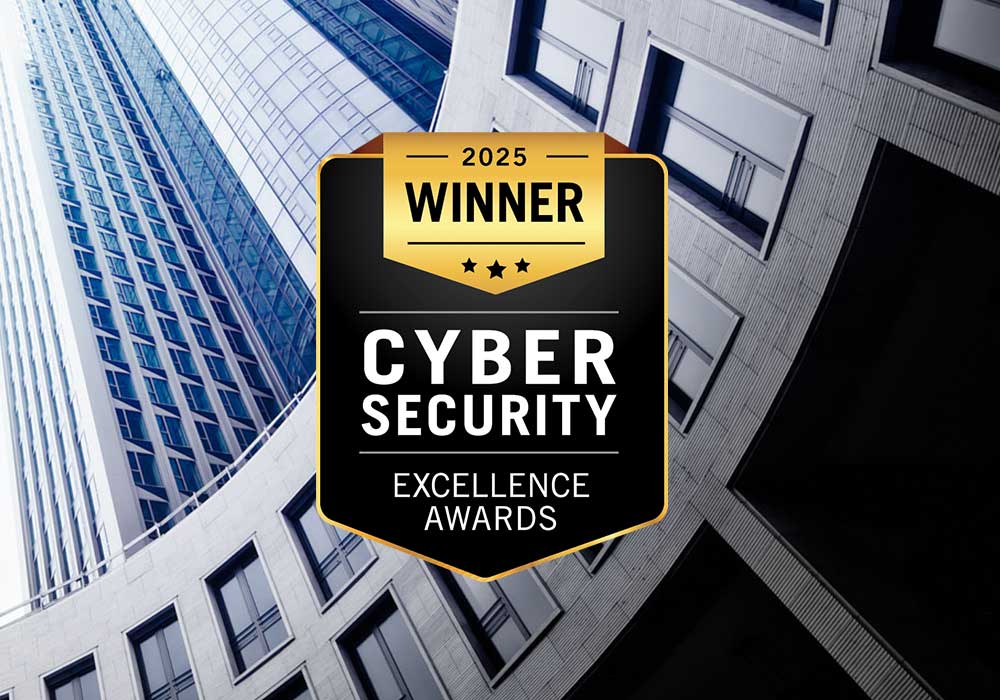Controlling the tool sprawl in cybersecurity
When it comes to cybersecurity, using multiple tools is not always the most effective approach. In fact, research indicates that business using a smaller number of carefully selected cyber security tools, coupled with a robust strategy, can achieve a stronger defense poster. This guide aims to help you protect your network without breaking the bank by focusing on cost-effective solutions and emphasizing the importance of a well-planned cybersecurity strategy.
How to assess your cybersecurity needs
Start by assessing your network's specific cybersecurity needs. Understand the critical assets, potential vulnerabilities, and the most likely threats your organization may face.
This analysis will help you identify the essential tools and measures required to build a strong defense. Once you have a clear understanding of your network's cybersecurity needs, it is crucial to address potential vulnerabilities through comprehensive assessments. Conducting regular vulnerability assessments can help you identify weak points in your system and proactively address them before they can be exploited by malicious actors.
Additionally, considering the importance of proactive defense, penetration testing can be employed to simulate real-world attacks and evaluate the effectiveness of your security measures. By combining these practices, you can strengthen your network's resilience and ensure a robust defense against potential threats.
Prioritize essential tools
Rather than acquiring a vast array of tools, prioritize investing in a smaller set of cybersecurity tools that align with your identified needs.
Look for versatile tools that offer multiple functionalities, such as integrated security suites or unified threat management solutions. These consolidated tools can provide comprehensive protection while minimizing costs.
Furthermore, consider partnering with a managed perimeter security service provider who can handle the ongoing monitoring and management of your network's security infrastructure. This approach allows you to leverage their expertise and resources, ensuring that your perimeter defenses are constantly updated and monitored for potential threats.
Invest in user training and awareness
One of the most cost-effective strategies for network protection is investing in user training and awareness programs, like our Security Awareness Training solution.
Educate your staff about common cyber threats, such as phishing attacks and social engineering techniques. Promote strong password hygiene, teach them to identify suspicious emails or websites, and encourage reporting of any potential security incidents. Well-informed and vigilant users can be your first line of defense.
Implement strong password policies and multi-factor authentication
Enforce strong password policies across your organization, mandating the use of complex passwords and regular password changes. Additionally, implement multi-factor authentication (MFA) wherever possible to add an extra layer of security. MFA significantly reduces the risk of unauthorized access even if passwords are compromised.
However, it's important to recognize that relying solely on MFA and strong passwords may not provide complete protection against advanced threats. That's why it's recommended to consider implementing Zero Trust Endpoint Security as an additional safeguard. Zero Trust Endpoint Security takes a proactive approach by continuously verifying and validating every user and device trying to access your network, regardless of their location. By adopting this approach, you can establish a comprehensive security posture that combines strong authentication practices with a more granular and context-based access control model, providing an extra layer of protection for your organization's critical assets.
Regularly update and patch software
Keeping your software and systems up to date is a crucial cybersecurity practice.
Regularly apply security patches and updates to address known vulnerabilities. Enable automatic updates whenever possible to ensure you have the latest protection against emerging threats.
Backup and disaster recovery
Implement regular data backups and develop a robust disaster recovery plan. Securely store backups offline or in cloud storage to protect against ransomware attacks or physical damage. Regularly test the restoration process to ensure data integrity and accessibility during critical situations.
Additionally, it is essential to establish a Cybersecurity Operations Center(CyberSOC) and have an incident response team in place. A CyberSOC serves as a centralized hub for monitoring, detecting, and responding to security incidents in real-time. This team of dedicated professionals can actively investigate and mitigate threats, minimizing the potential impact of a security breach. By integrating a CyberSOC and incident response team into your cybersecurity framework, you can swiftly detect and respond to incidents, reducing the time it takes to contain and remediate any potential damage.
Monitor and respond to threats
Utilize network monitoring tools to detect and respond to potential threats promptly. Implement intrusion detection systems (IDS) or security information and event management (SIEM) solutions to monitor network activity and identify suspicious behavior.
A prompt incident response can mitigate potential damage and prevent further infiltration.
Conclusion
Effective cybe security doesn't necessarily require a vast array of expensive tools. By focusing on a well-planned strategy, prioritizing essential tools, investing in user awareness, and implementing basic security measures, you can protect your network without exceeding your budget.
Remember, a thoughtful approach, combined with user education and proactive monitoring, can significantly enhance your organization's cybersecurity posture without breaking the bank.





.png)




.png)





